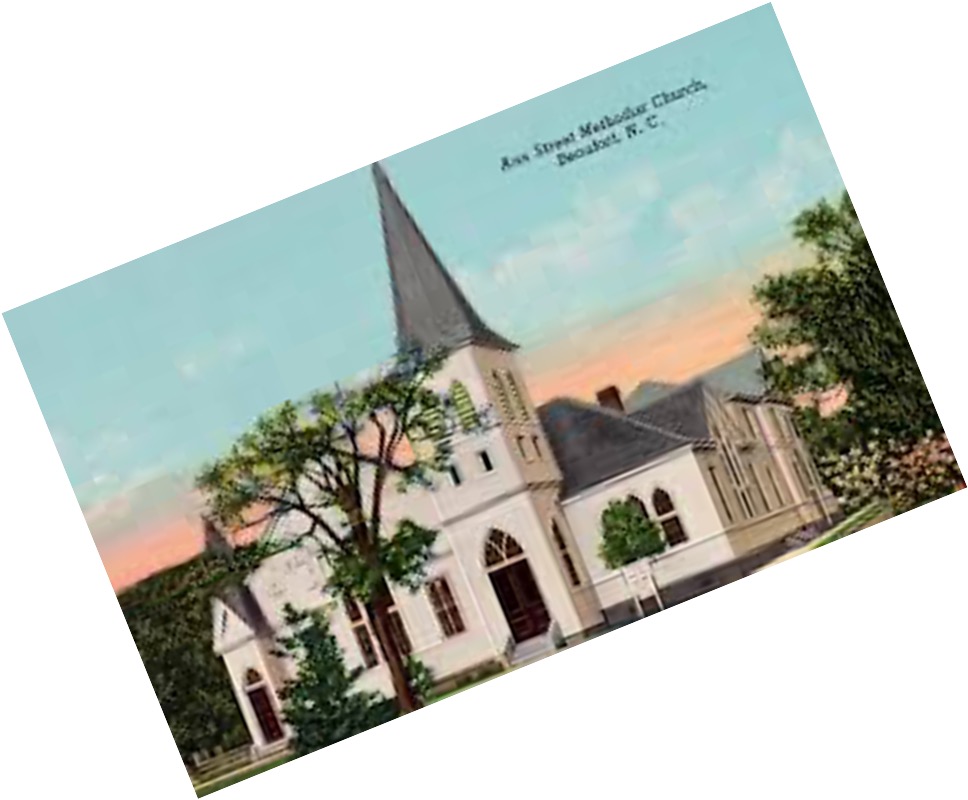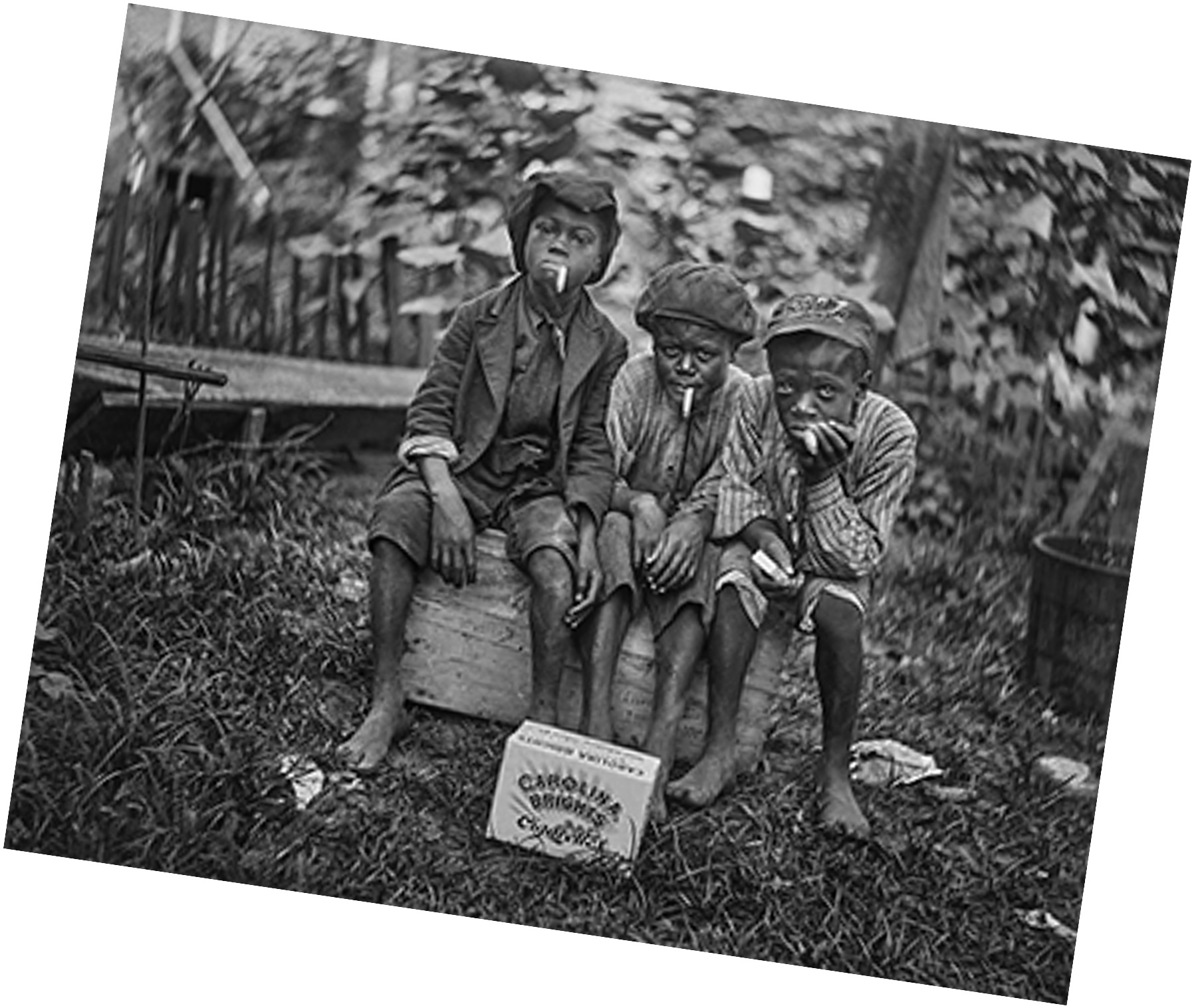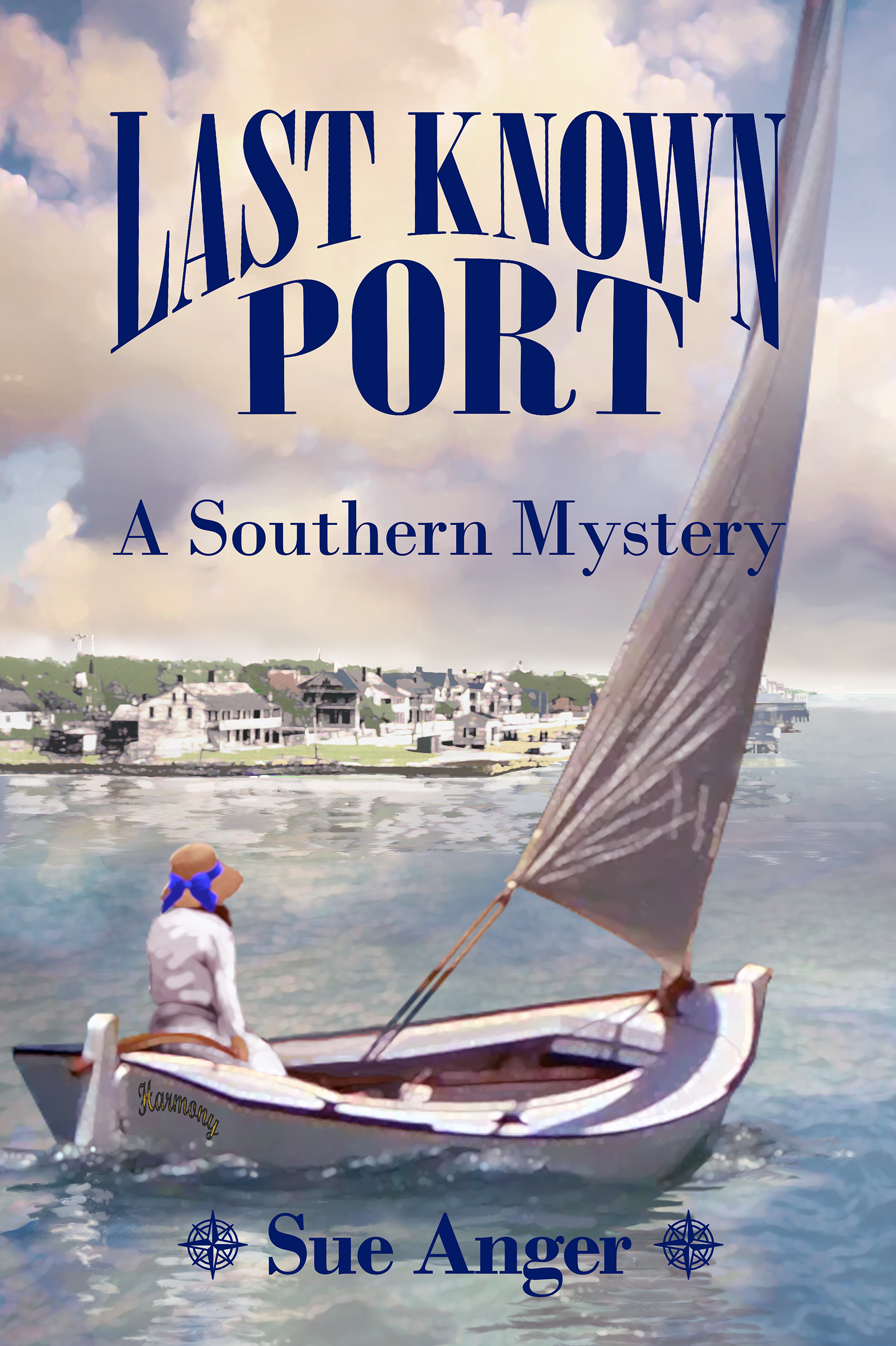These images correspond to my Dark and Stormy Book Club Podcast which will be released on August 8, 2023.
Around Beaufort, North Carolina Today
People often ask me why I wrote LAST KNOWN PORT. Beaufort has worked hard to preserve its history and its natural beauty. When I walked around its streets and sailed its water as a child, it often made me wonder about who had lived there and what their lives were like.
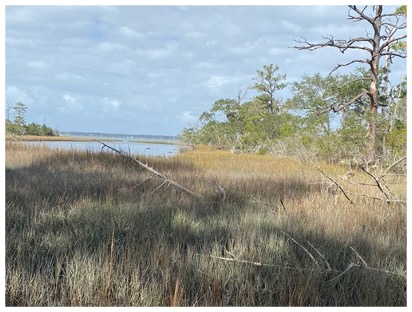

Beaufort Burying Ground
The seventeenth-century burying ground in Beaufort has been well-preserved and is the setting for an important scene in my book.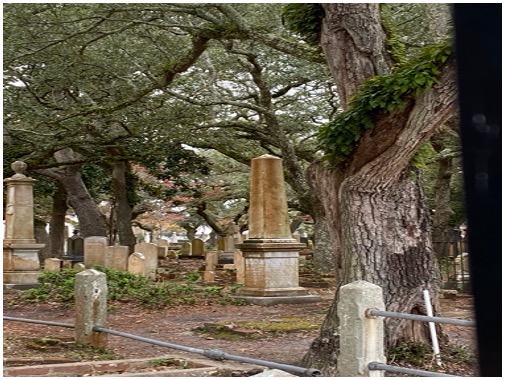
Map of North Carolina
The coastline of North Carolina is nicknamed the Graveyard of the Atlantic. The North American Labrador Current from the North collides with the Southern Gulf Stream to create the treacherous Cape Hatteras. Beaufort and Cape Lookout are located just below Cape Hatteras.

Map of Beaufort from 1713
This early map shows how Beaufort developed. With few roads running inland, there was heavy traffic into Beaufort by sea. Ships from the Caribbean, Europe, and the Northeastern United States often visited Beaufort's safe harbor before or after navigating the dangerous Cape Hatterous shoals.
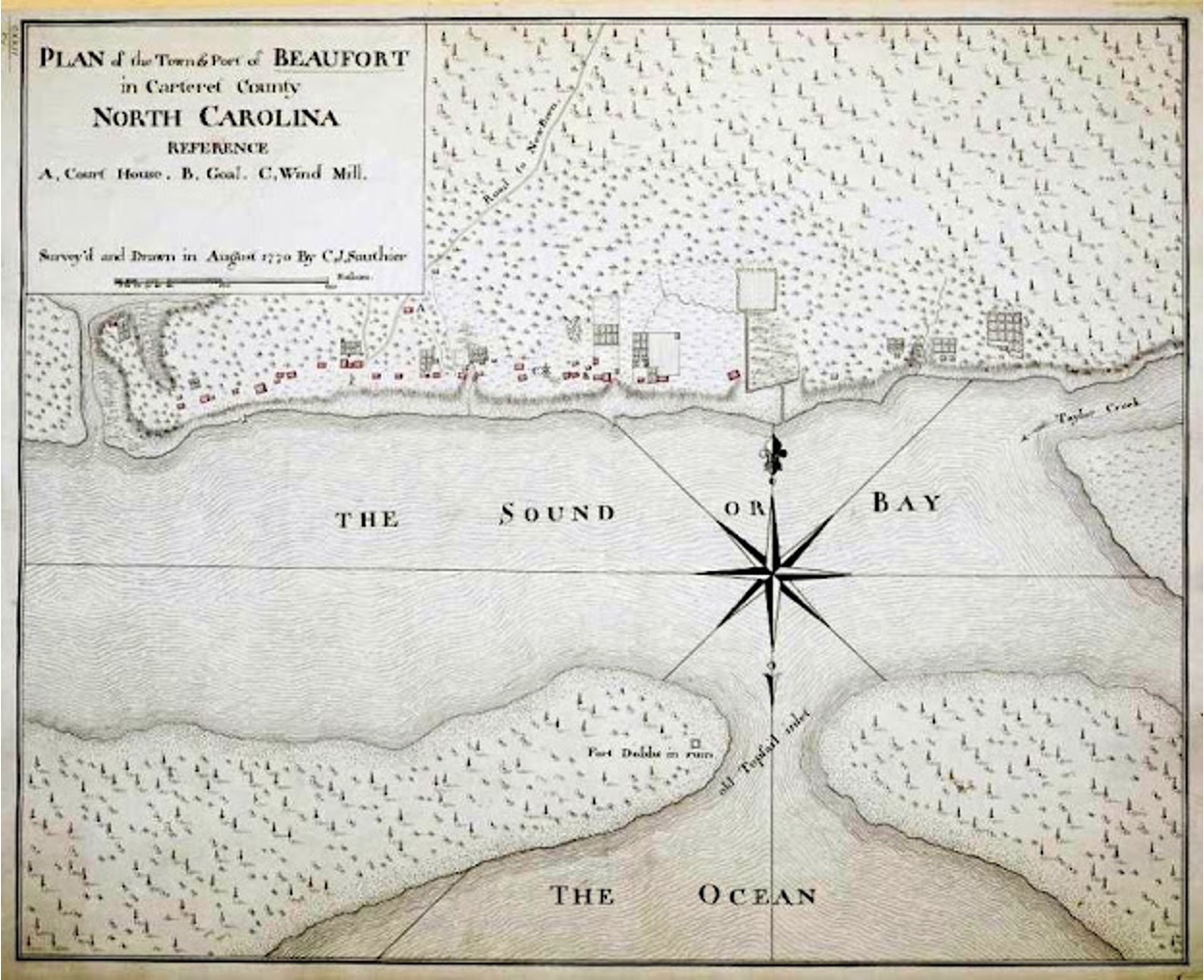
So I had a drink. . .
Before I wrote my book, I conducted a number of oral histories in Carteret County. The idea for the book sprang from these stories and I set the book in the 1930s. I figured I could interview a few people who had lived through the Depression and I would be done. When I finished my first draft, I sat down with a glass of red wine and I was reading my manuscript thinking, "Wow, this is a really sad book. I wonder how I could make it more fun." I idly looked at my wine glass and thought, "Oh, it needs Prohibition."

Jake sails into Beaufort Harbor
On May 7, 1923, Jake Parson sailed into Beaufort Harbor and expected to meet his brother. And then everything changed. . . .
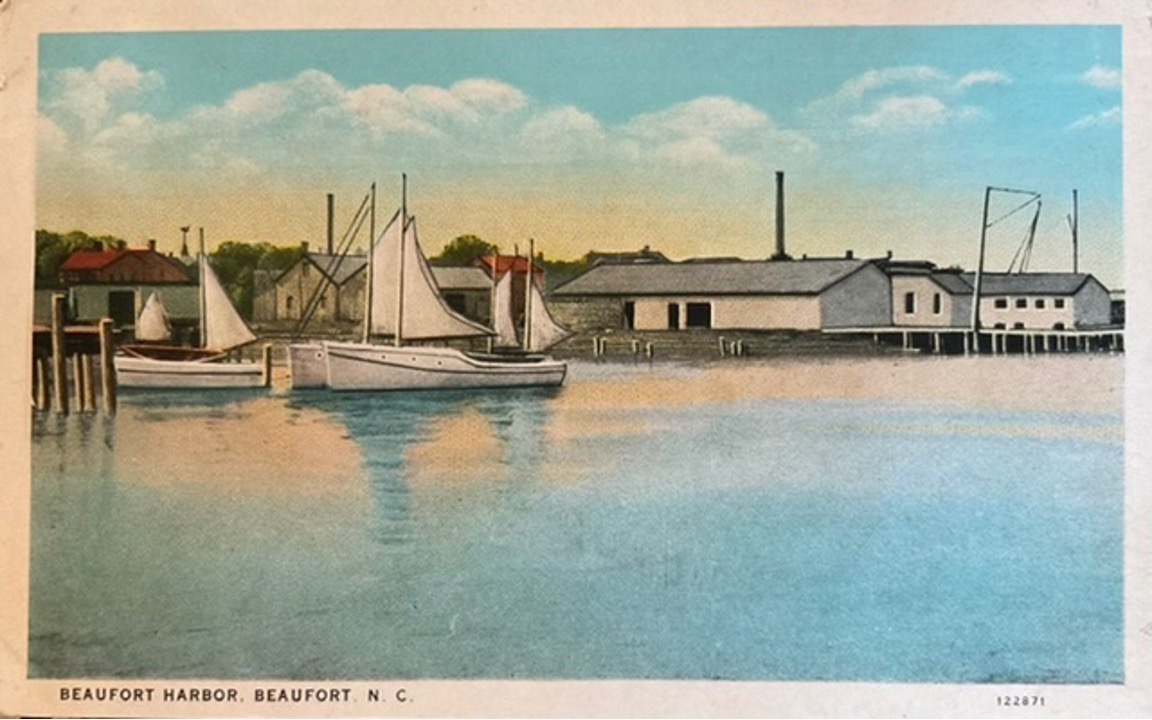
Jake gets blotto in Beaufort Harbor
Jake soon learns that his brother, Wade, is lost at sea. So Jake anchors his boat in the harbor and drinks himself to sleep. But the following morning, he sees something that makes him want to stay in Beaufort to discover what has happened to Wade.

Reconnaissance in Beaufort
As a War World I veteran, Jake is familiar with military tactics and remains in Beaufort to find his lost brother.

Boats & Booze & Rag & Jazz in 1923
This was Front Street in Beaufort in 1923. A hoppin' town.
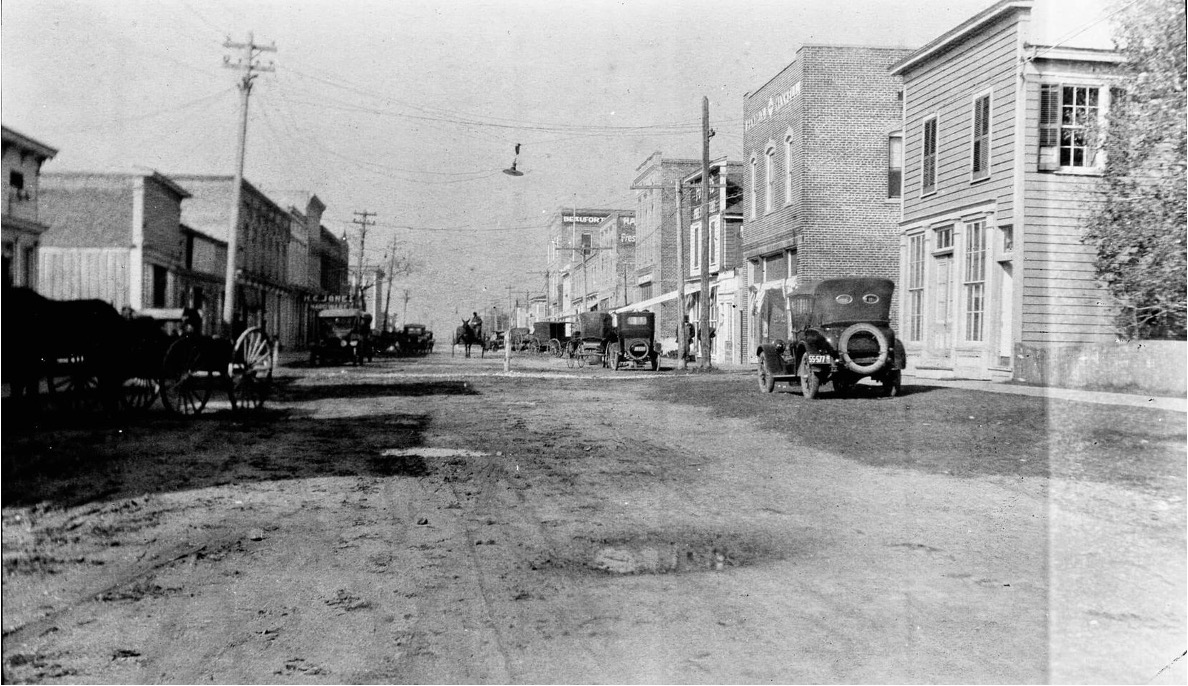
Make Wine not Beer
This is a brick. It is composed of dried grapes pressed into a brick shape. It was shipped through the mail with explicit warnings that the recipient should never soak the grapes and to prevent fermentation. The laws of Prohibition allowed families to make a limited amount of wine for personal use but it was unlawful to make their own beer. Listen to the podcast to find out why.

Rum Row & The Whiskey Road
Bill McCoy was a famous, honest rum runner who created the term "Whiskey Road." This was the course set by runners from Nassau to New York City's Rum Row.
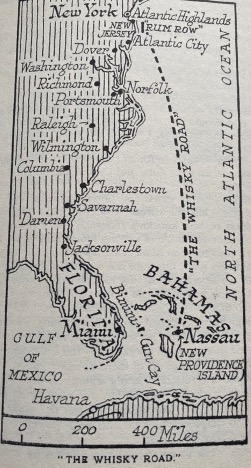
The Inlet Inn and the Railroad
The Railroad did not arrive in Beaufort until 1907 and became a lifeline to the rest of the world. The Inlet Inn was a large hotel on the Beaufort waterfront which played a huge role in the tourism of the area. It was torn down in 1965.


A Sea of Change
1923 was a time of big changes in Prohibition. Up until this point, local boys were having fun dodging the Coast Guard while on rum runs. But Organized Crime was surfacing and the trade became more violent.
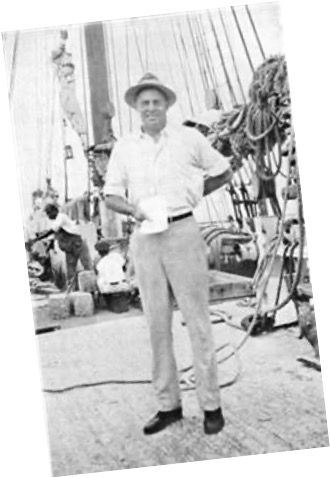

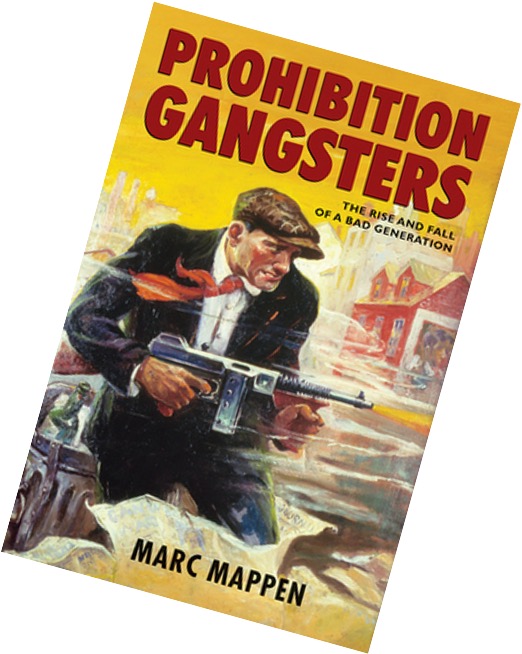
Barrel on the Dock
Researching allowed me to talk to many local people about rum-running stories. Listen to the podcast to hear the story about the barrel on the dock.

Menhaden Boat
Commercial Menhaden fishing became big business in the 1930s in North Carolina. This is one of my favorite pictures of Menhaden boats returning from their off-shore fishing trip, full to the gunnels and low in the water.
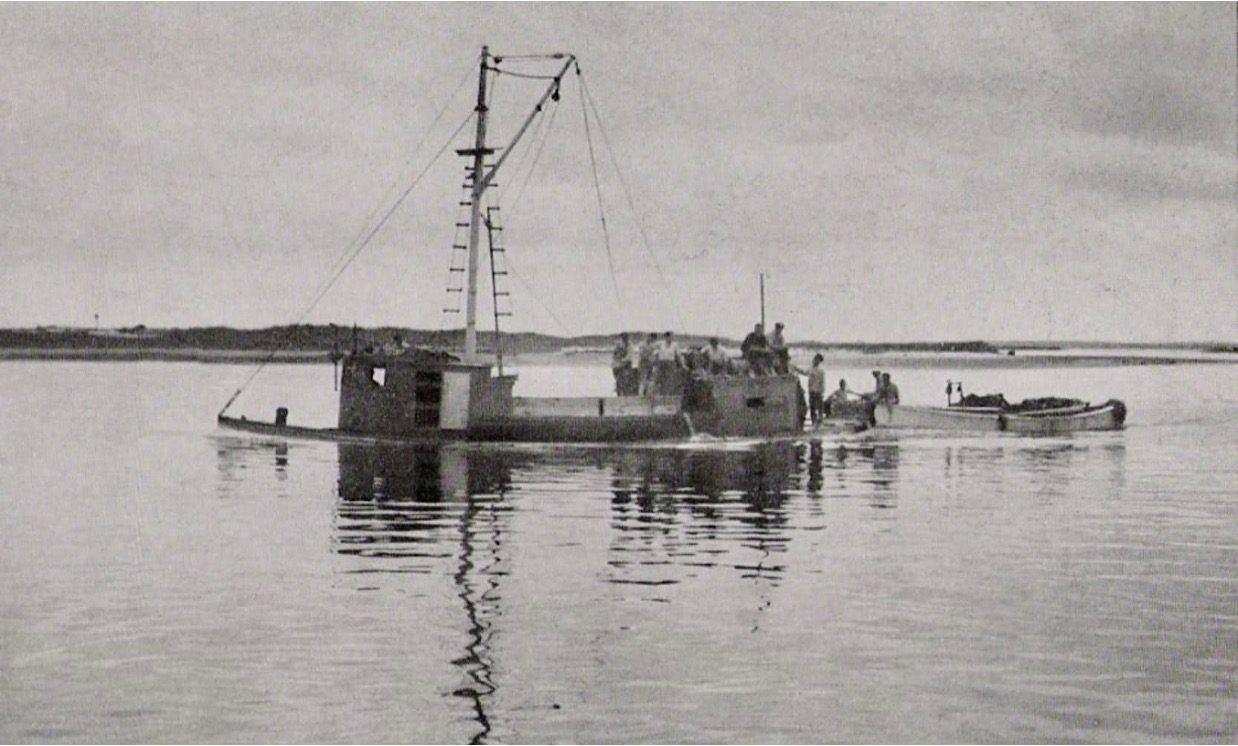
Beaufort in 1923
In LAST KNOWN PORT, I include some characters from Beaufort's large African American community. I also mention the influence of the church in the small town. The photo on the right was taken by Bayard Wootten, a famous female photographer of the day.
